Here at Savage Mill, we’re proud of our unique history. One of the few remaining former textile mills in Maryland, Savage Mill stands as a tangible legacy of the machines and dreams that powered the Industrial Revolution.
There’s lots to look at in such a big complex of old buildings. The next time you’re here, check out some of our favorites.
A Purpose for Each Building
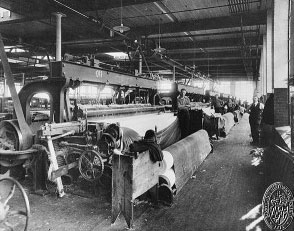
The names of the buildings at Savage Mill refer to their earlier uses. Bales of cotton were brought in by train and stored in the Cotton Shed. After the cotton fibers were cleaned and aligned using carding tools in the Carding Building, machines in the Spinning Building twisted and spun them together into thread. And in the Old Weave and, later, New Weave buildings, 120 looms wove the thread into cotton duck, a canvas-like fabric used for tents and ship’s sails.
Brick and Stone
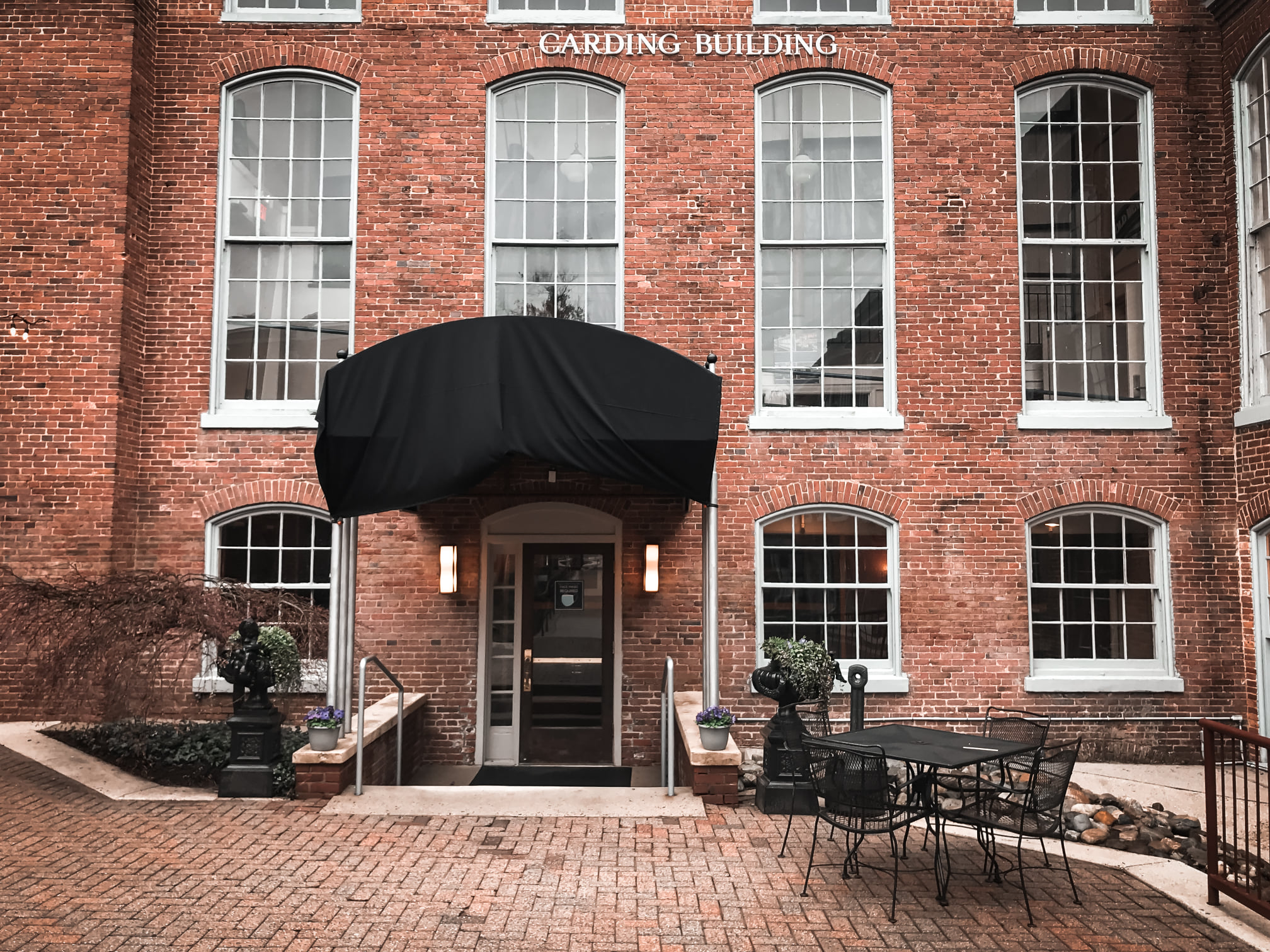
If you look at the Carding Building, you’ll notice that the first three floors are primarily stone, and the top floor brick. Constructed in the early 1800s, it and the Spinning Building are the oldest buildings here, and initially housed the entire operation. The stones were taken from the riverbed, but later additions utilized brick.
Wooden Floors
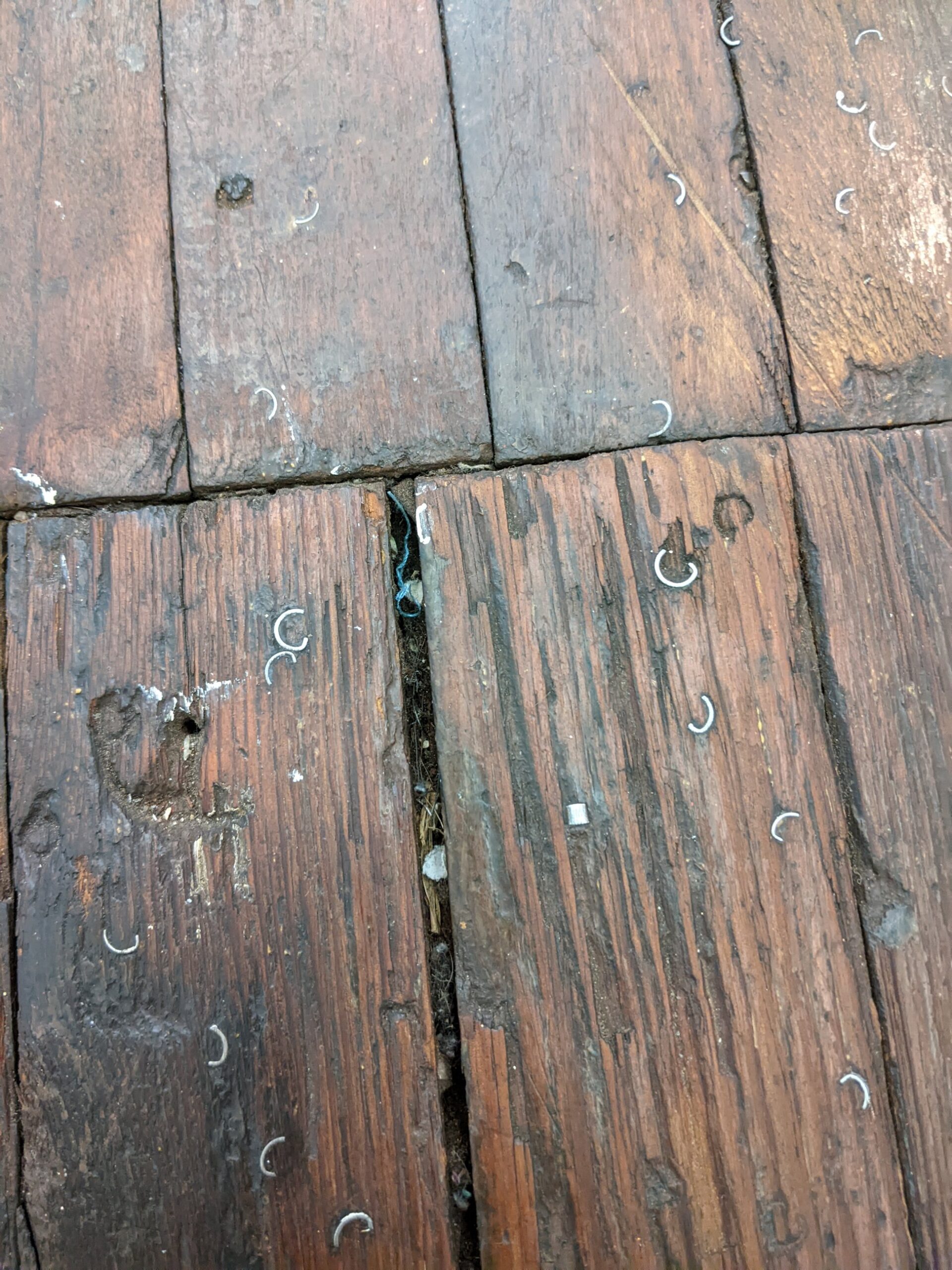
Most of the floors in the Mill are still original to the building. Proof of the Mill’s operations is literally embedded in some of the floors – walking along the hallway in the Spinning Building, you can spot small metal travelers, a piece associated with the spinning process which fell and were trod into the wooden planks.
Windows
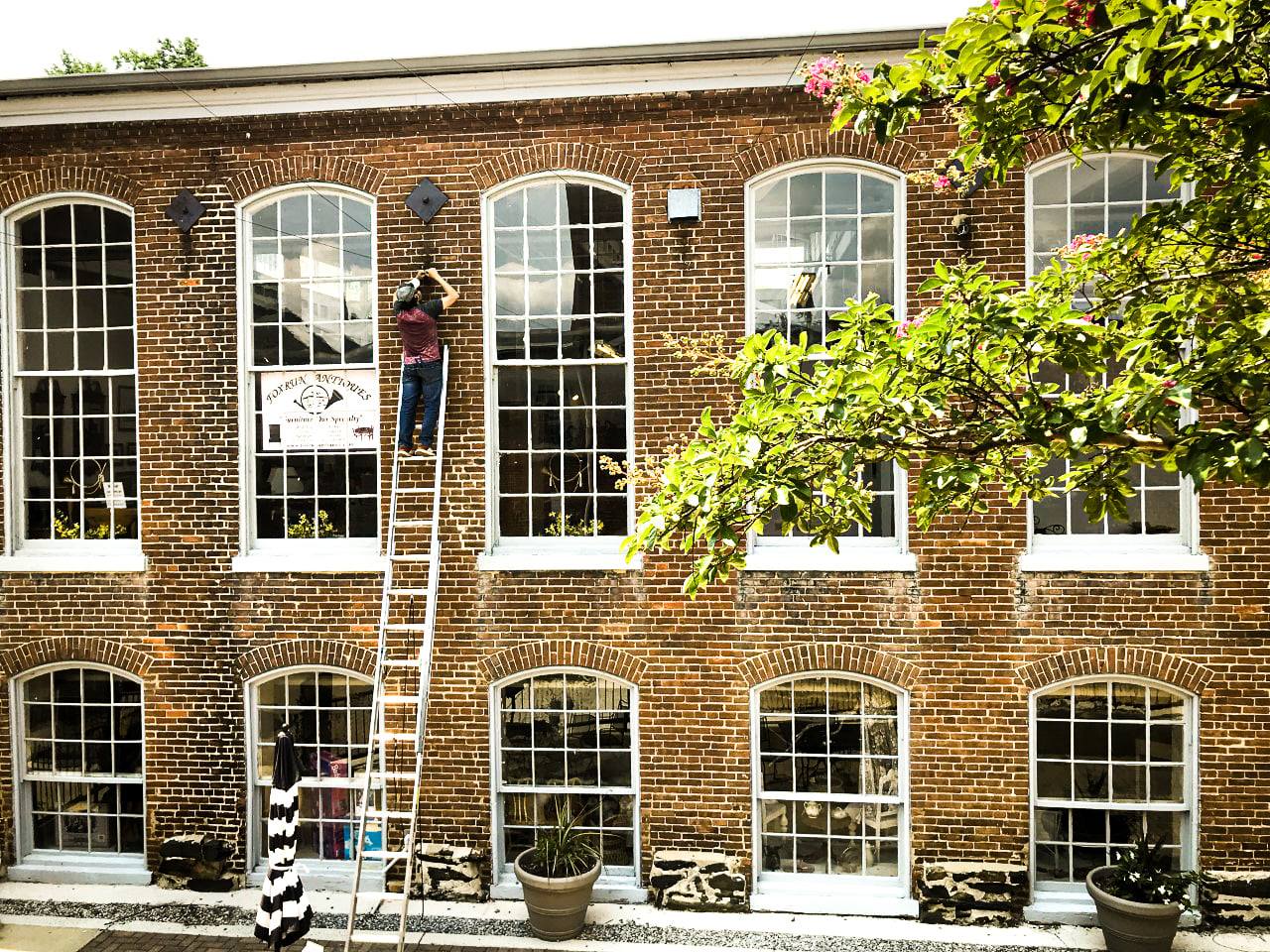
The Mill is awash in glorious light any time of year thanks to its magnificent windows. Although the single panes transfer more heat in the summer months and cold in the winter months than newer windows, they provide clear, crisp views of the outdoors all around.
Clerestories, Light Wells and Ventilation Shaft
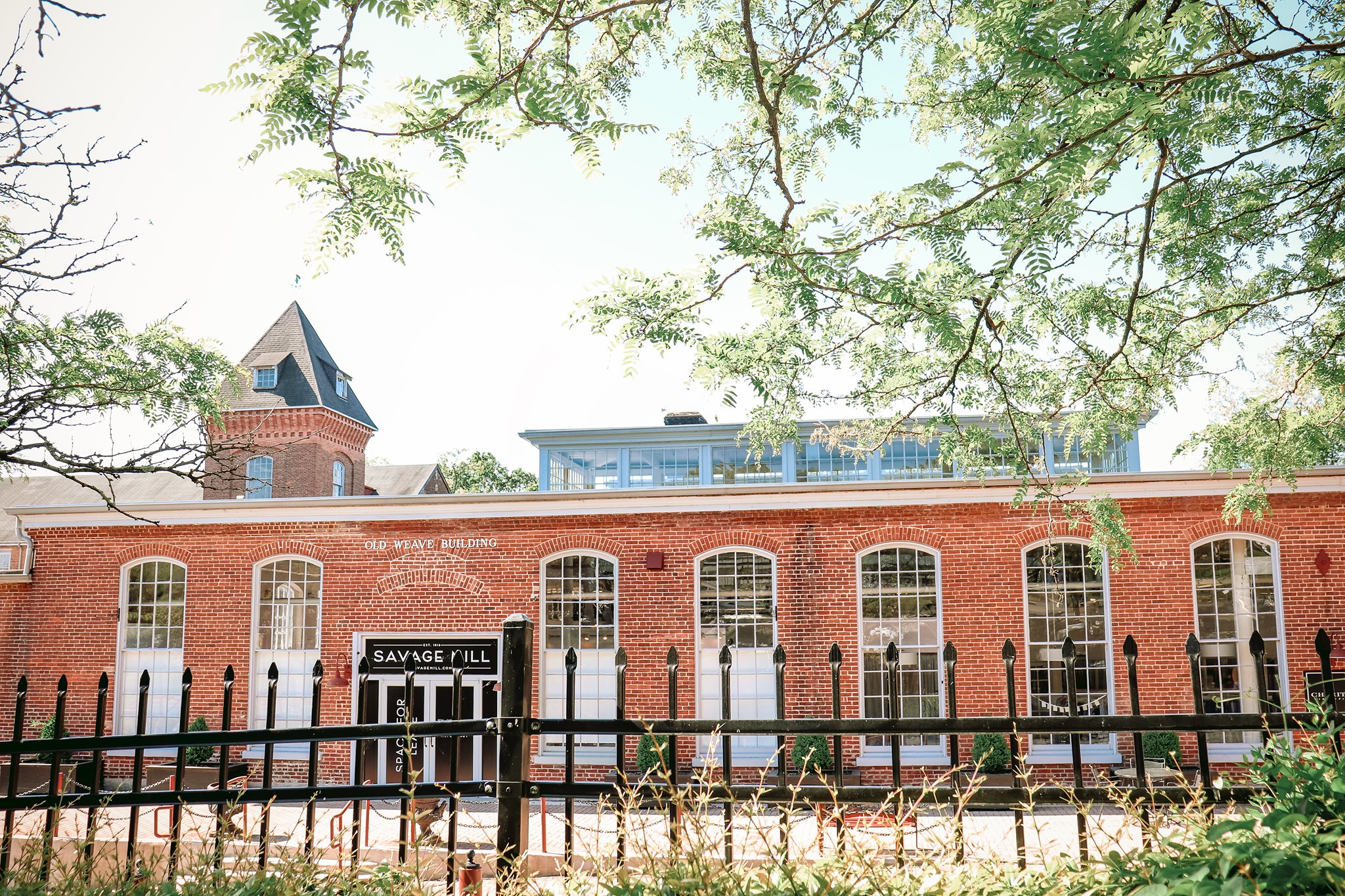
In the days before air conditioning and adequate artificial lighting, getting fresh air and natural light into a working space was critical. The amount of dust generated in the production of cotton cloth was not only a fire hazard but also had serious health ramifications. Clerestories and light wells at the top of the buildings provided more lighting and could be opened, allowing hot air to exit near the roof while pulling fresh, cooler air in through lower windows.
Attic

The Carding Building attic is an impressive space that affords a glimpse into how the original Mill looked. A huge room with center column supports, it can be visited during guided tours of the Mill.
Belfry
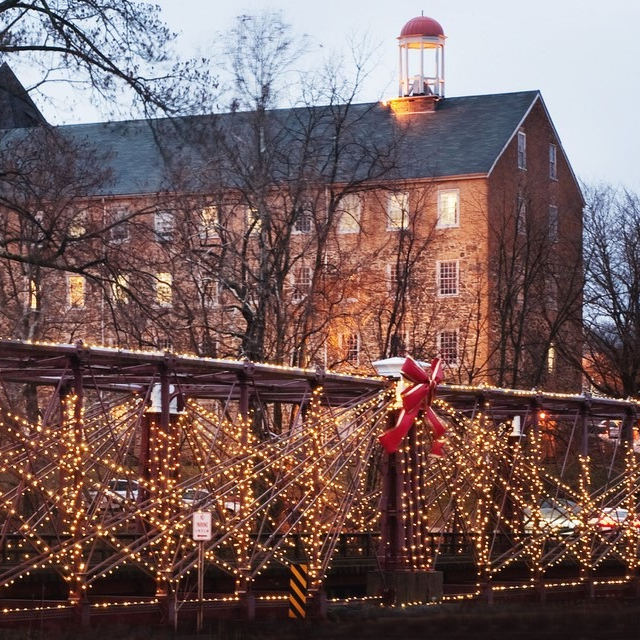
Above the attic perches a small belfry under a domed roof. The bell is still rung on special occasions, such as when ghost tour participants visit the attic!
Tower
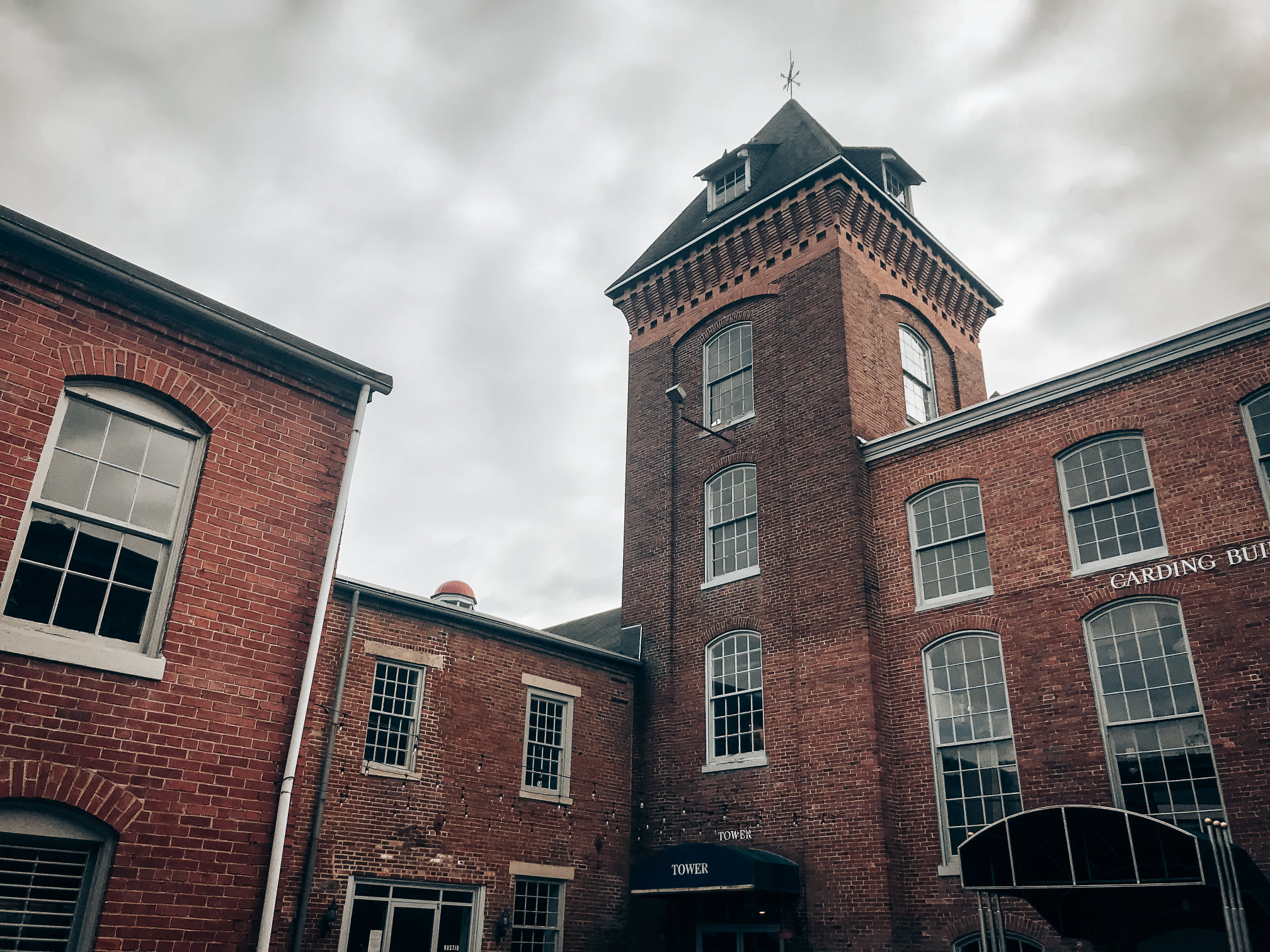
This iconic feature dominates the Mill’s silhouette and is a defining feature of our new logo. Practically speaking, it houses the staircase that workers used to travel throughout the Mill, but it is also the single most stylistic element in the mill, with Romanesque overtones in the corner pilasters and the corbelled brick cornice beneath its pyramidal roof.
Paymaster’s Safe
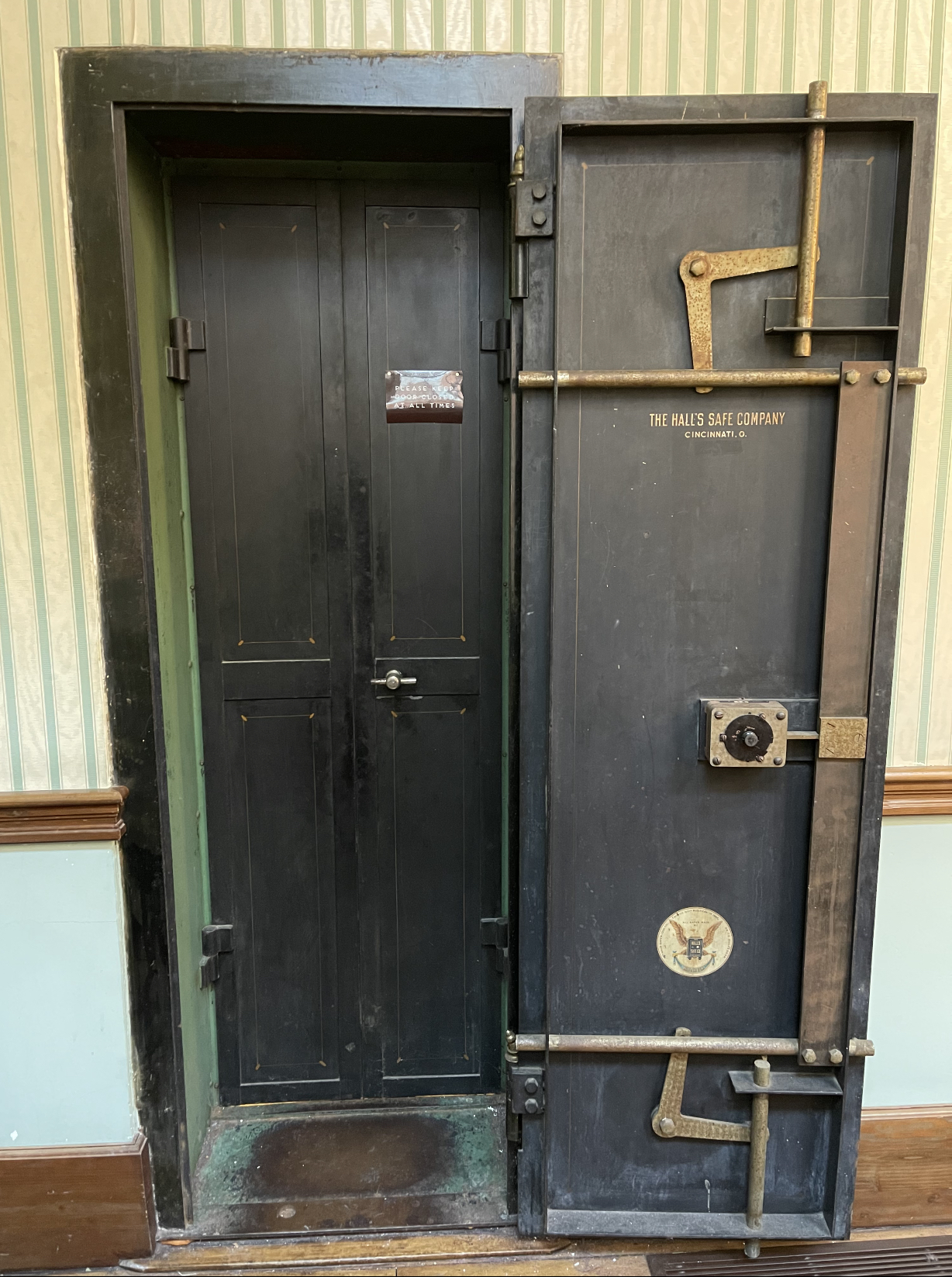
Tucked into the front of the Spinning Building is the Paymaster’s Office, where workers came to collect their pay. Within the offices is the safe, a concrete box secured by heavy iron doors.
BONUS: Bollman Truss Bridge
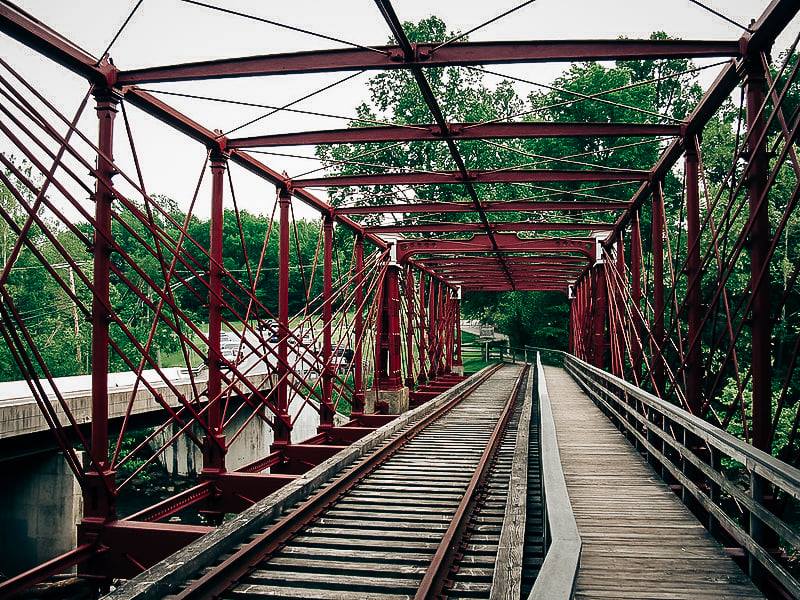
This National Historic Landmark and National Historic Civil Engineering Landmark was designed by Baltimore engineer Wendell Bollman, and is one of only a few remaining in the United States. This was the first successful all-metal bridge design to be adopted and consistently used on a railroad. It’s currently used to carry pedestrians walking between the Mill and the scenic Savage Mill Trail.
We hope to see you here soon, enjoying this great confluence of nature, community, history, and shopping!
